Protect-Pallas-Cats
Eco-Tourism: A Lifeline for the Pallas Cat – Saving the Manul in the Wild with Big Cat Rescue
Discover the remarkable world of the Pallas Cat, also known as the Manul, and how eco-tourism can play a pivotal role in safeguarding their natural habitat. Join forces with Big Cat Rescue in this urgent mission to protect these elusive felines in the wild. By exploring the symbiotic relationship between eco-tourism and conservation, we can ensure the survival of the Pallas Cat for generations to come.
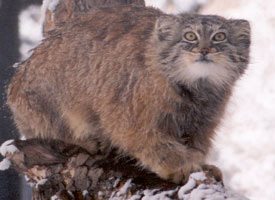
Understanding the Pallas Cat The Pallas Cat, also called the Manul, is a captivating species known for its unique characteristics. With its round face, bushy coat, and expressive eyes, the Pallas Cat stands out as an enigmatic member of the feline family. These small cats, native to the grasslands and mountains of Central Asia, hold a vital role in the ecosystem. Their presence helps maintain a delicate balance, controlling rodent populations and preserving the biodiversity of their habitats.
The Plight of the Pallas Cat Sadly, the Pallas Cat faces numerous threats that endanger its very existence. Habitat loss, primarily due to human activities such as agriculture and infrastructure development, poses a severe risk. Additionally, climate change disrupts the delicate ecosystems that the Pallas Cat relies upon, leading to altered food availability and habitat fragmentation. Poaching and illegal wildlife trade further compound the challenges these felines confront.
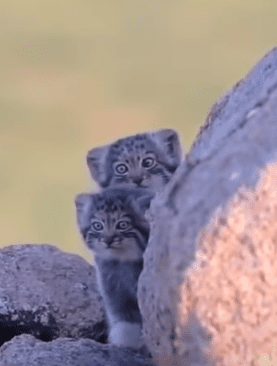
The Power of Eco-Tourism Eco-tourism emerges as a promising solution for the conservation of the Pallas Cat. By promoting responsible travel practices and engaging with local communities, eco-tourism generates sustainable funding that directly supports conservation initiatives. Travelers, guided by knowledgeable experts, can explore the Pallas Cat’s natural habitats while minimizing their impact on the environment. This type of tourism fosters appreciation for wildlife, enhances conservation awareness, and provides financial resources to protect the Pallas Cat’s home.
Big Cat Rescue: Protecting the Pallas Cat One organization leading the charge in preserving the Pallas Cat is Big Cat Rescue. Their tireless efforts focus on safeguarding the natural habitats of these felines, partnering with local communities, and implementing conservation programs. Through initiatives like habitat restoration, anti-poaching campaigns, and education programs, Big Cat Rescue strives to secure a brighter future for the Pallas Cat.
Experiencing the Pallas Cat in the Wild Embarking on eco-tourism adventures, with legitimate organizations like the Steppe Wildlife Conservation and Research Center, allows enthusiasts to witness the Pallas Cat’s beauty firsthand. The Central Asian region, including countries like Mongolia and Kyrgyzstan, offers excellent opportunities to observe these elusive cats in their natural habitats. Travelers can opt for eco-friendly accommodations and transportation, minimizing their carbon footprint while immersing themselves in the unique landscapes that these felines call home.
How You Can Make a Difference You can actively contribute to the preservation of the Pallas Cat and support the vital work done by organizations like Big Cat Rescue. Consider making donations to fund conservation projects, volunteering your time and skills, or participating in eco-tourism experiences that directly contribute to the protection of the Pallas Cat’s habitats. By spreading awareness about the challenges faced by these felines and the significance of their conservation, you can inspire others to join the cause.
The Pallas Cat, a true marvel of nature, requires our immediate attention and protection. Through the power of eco-tourism and by supporting organizations like Big Cat Rescue, we can ensure the survival of these captivating felines for generations to come. Let us embrace responsible travel practices, engage with local communities, and contribute our resources to preserve the natural habitats where the Pallas Cat belongs. Together, we can make a difference and secure a future where these enigmatic creatures roam freely, embodying the beauty of our planet.
Pallas Cat Palaces
We have some incredibly exciting news to share from the far reaches of Mongolia. While Jamie and Victor were there, they learned about the challenges facing the elusive Pallas Cats. Their habitat has limitations that force mother cats to make unimaginable sacrifices. Due to vast plains lacking foliage or rock mounds—crucial for denning and rearing kittens—mothers often sacrifice themselves to predators like foxes and eagles so their young can survive in the overpopulated mounds. It’s a heartbreaking cycle, but Jamie and Victor had an idea: why not create additional rock mounds to expand their habitable area?
We’re thrilled to announce that Big Cat Rescue has donated $5,000 to Steppe Wildlife Center to do just that! The project, aptly named “Pallas Cat Palaces,” involves strategically stacking rocks away from main mounds, providing safe new spaces for these beautiful cats to den and raise their kittens. By doing so, we’re giving mother Pallas Cats an alternative to their heartbreaking sacrifices, helping to ensure a brighter future for these incredible creatures. Check it out and join us in celebrating this triumph for Pallas Cats! 🐾
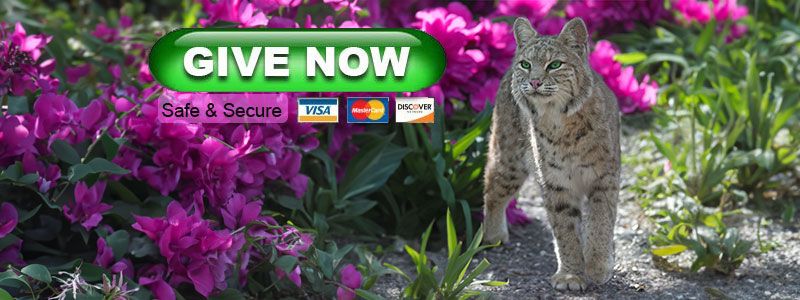
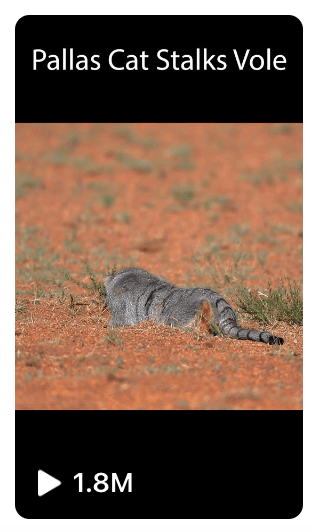
April 24, 2024 Exciting news from the field!
Jamie and Victor visited the Steppe Wildlife Conservation and Research Center last year to see the wonderful work they are doing to save Pallas cats in the wilds of Mongolia.
During their trip it was observed that the Pallas cats thrive in areas with large rocks to use as dens and shelter.
The landscape of Mongolia is very minimal and these rocky areas are the only areas these tiny cats can seek cover from predators and den in to raise their young. In between rocky areas are vast plains of short grass with no cover to make it safe for the Pallas cat to move from one area to another without being in great danger.
Jamie, Victor and fellow conservationist Jim Sanderson made the suggestion of moving rocks to these barren areas and fashioning the piles into artificial den sites creating a sort of wildlife corridor for the cats making it easier for them to travel from one place to another. Big Cat Rescue funded the construction of 5 of these den sites as a trial run and the team has been monitoring them closely with camera traps.
We are very excited to share that the artificial den sites were a huge success! Not only were they used by Pallas cats, but several other species as well! 298 images of wildlife using the den sites have been collected so far. The images represent 23 unique species; Pallas Cat, Corsac fox, little owl, red fox and Steppe eagles to name a few.
Adding these dens will now allow for the Pallas Cat to easily move about the terrain when prey is scarce. How exciting is it to see your support go towards projects like these? Real work being done in the wild to save these beautiful animals!
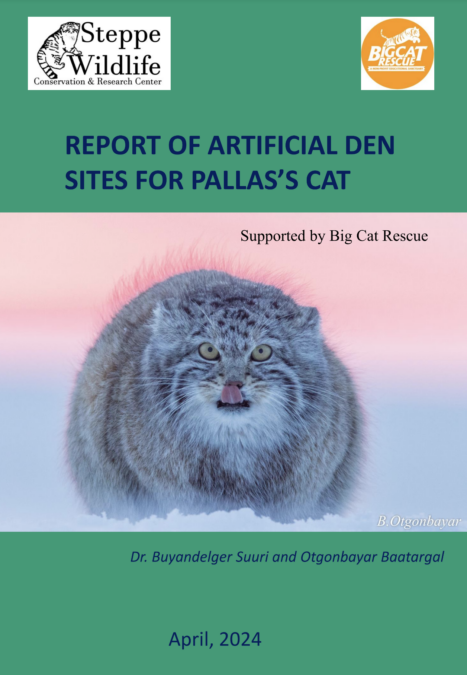
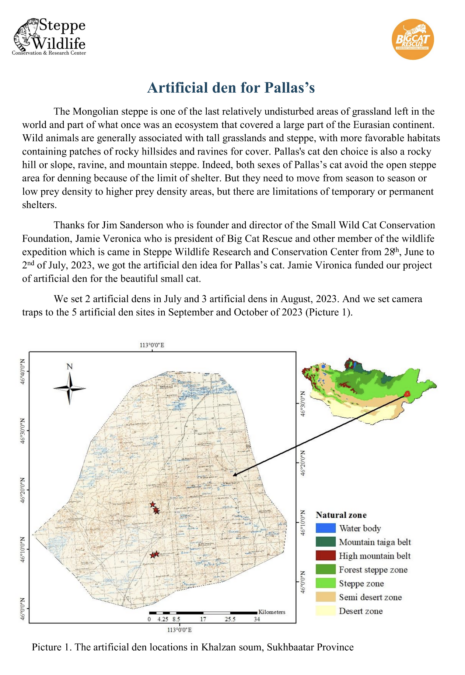
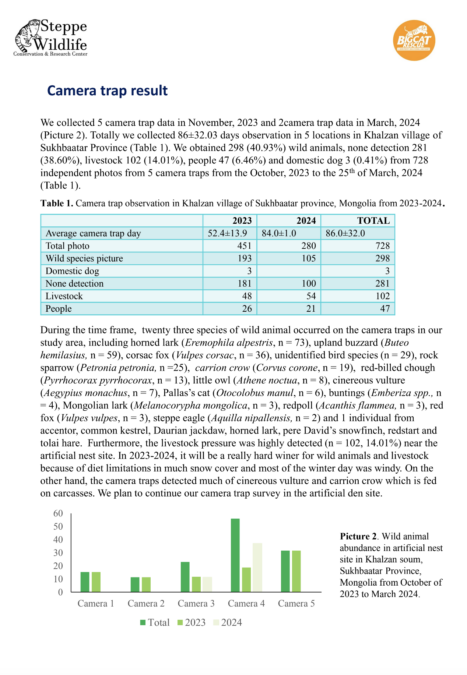
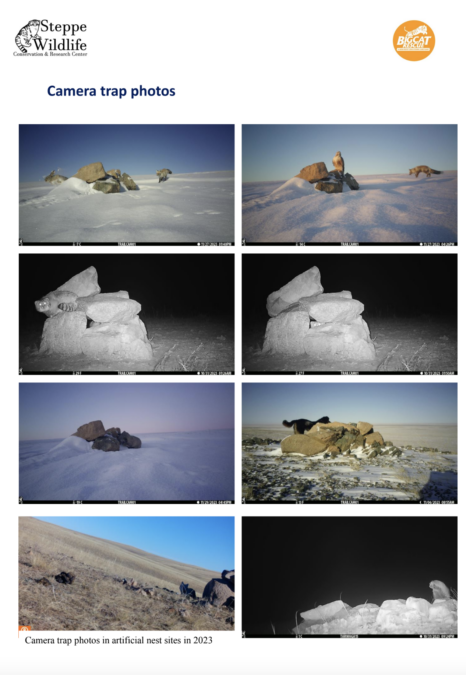
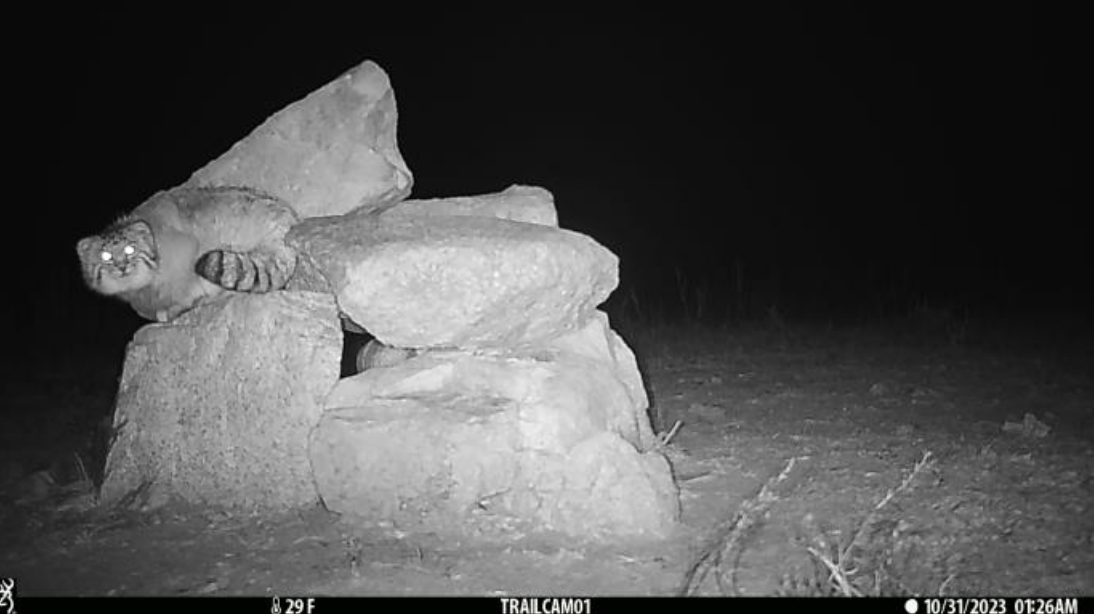
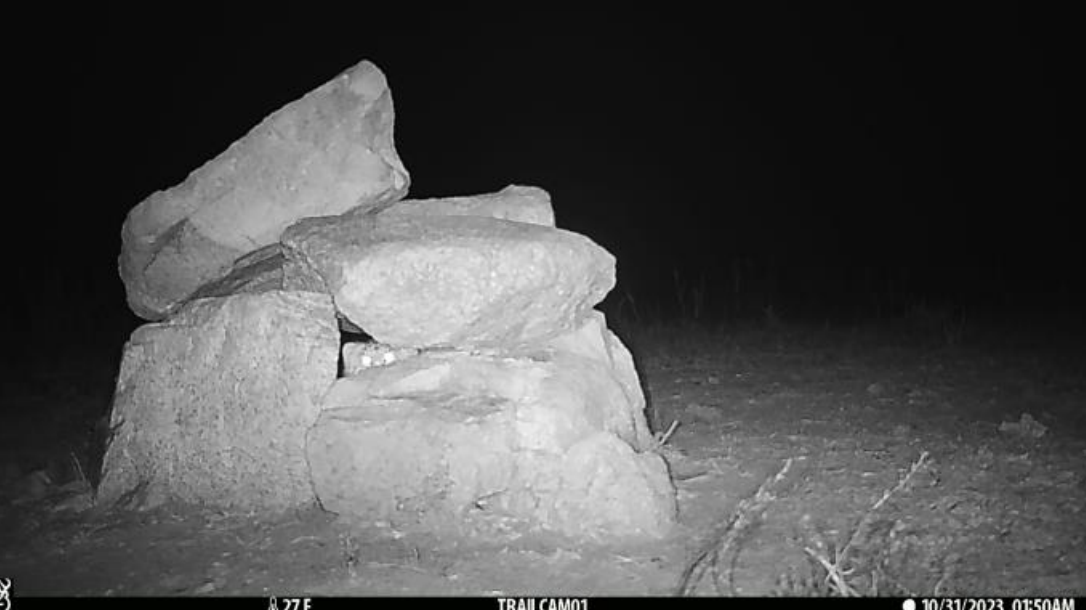
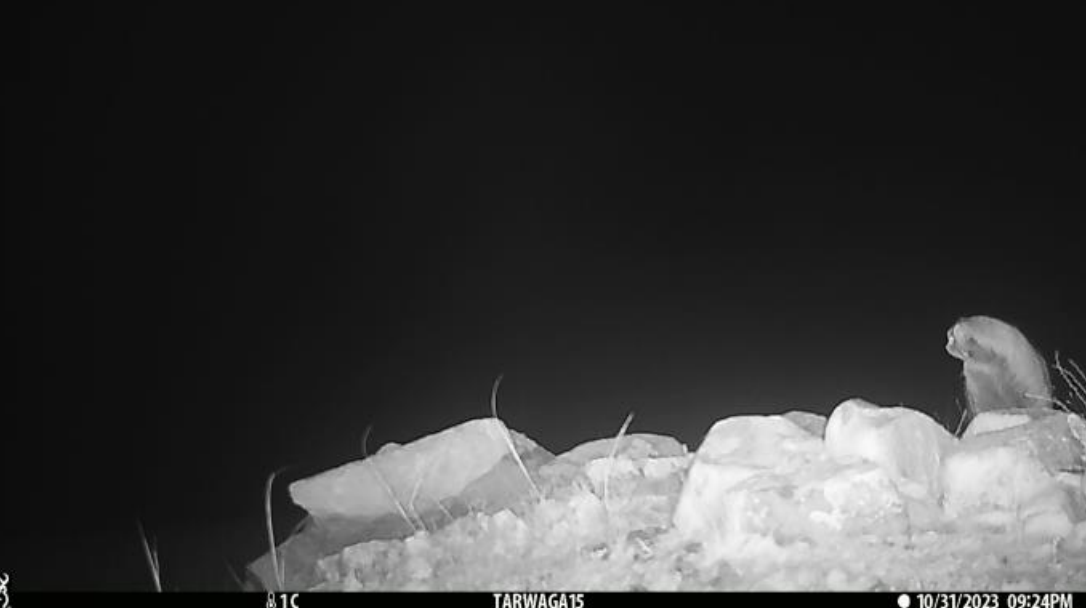
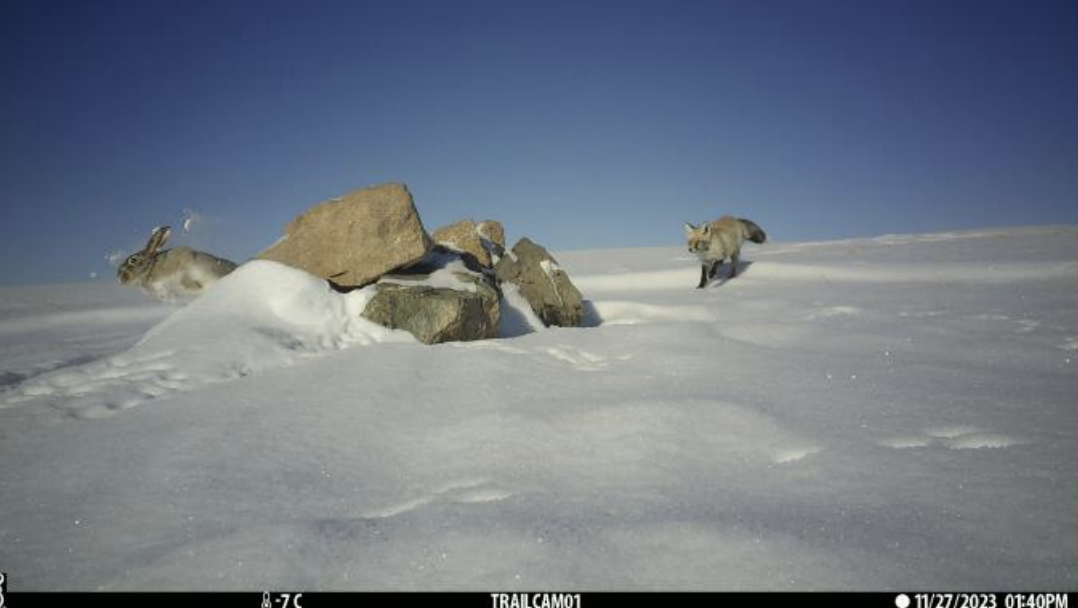
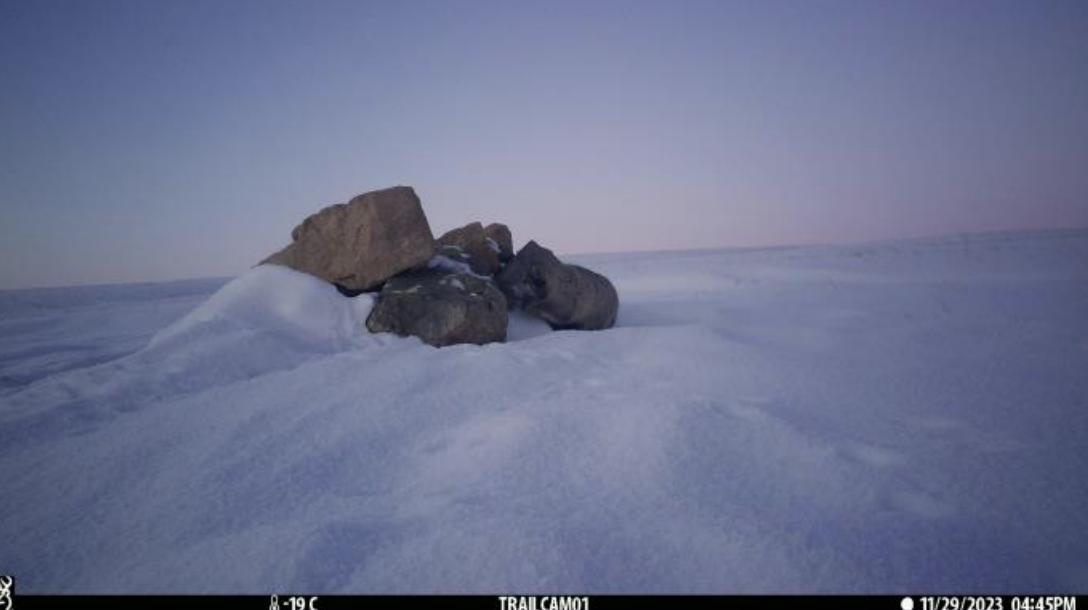




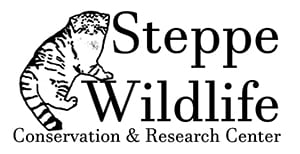

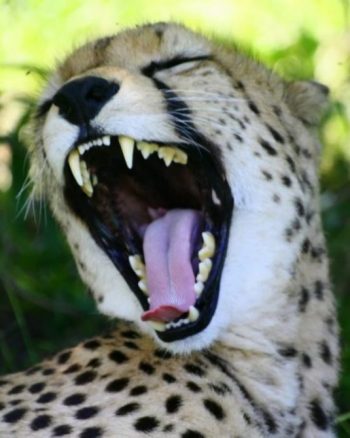
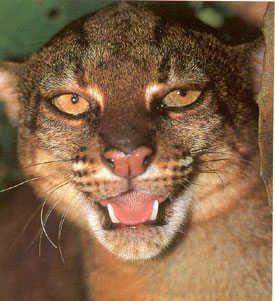

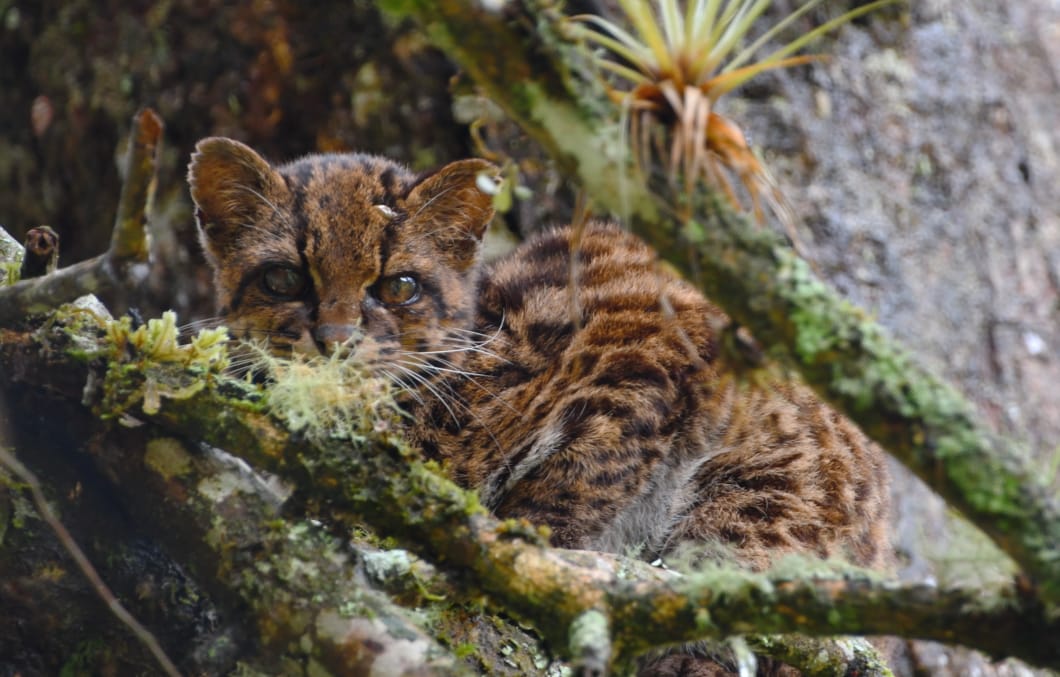
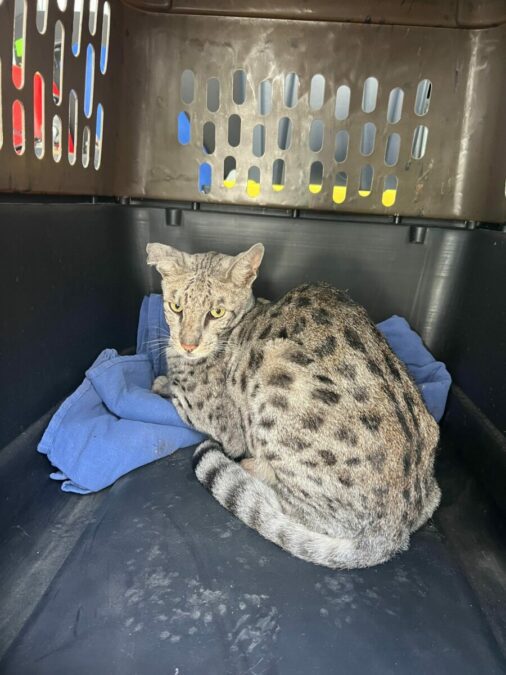
Thank you for what you are doing to help those majestic animals.
Mary P
Everything Jamie and Victor’s videos come up about the Pallas cats I enjoy watching them again. Thank you both for this amazing trip.
I recently brought home a kitten. She is about 4-5 mos. old. I knew she was unique from the moment I picked her up. I have noticed she that her eyes are different they are foggy green w/ round pupils. Seems to have a hard time with dim lighting. Mia’s very vocal she doesn’t meow it’s more of a clicking sound. Her mom is an outside cat that lives on lake. I’m looking for information. I have only seen pallas an larger cats have round pupils. Is it possible her mom mated with a Pallas? Thanks